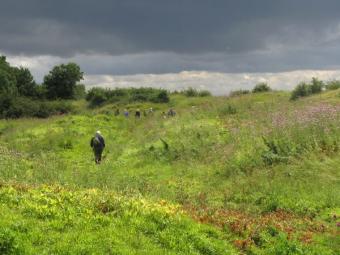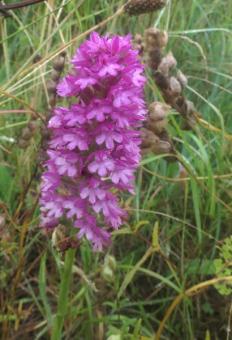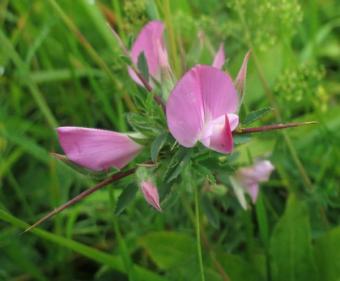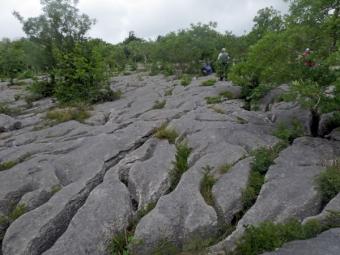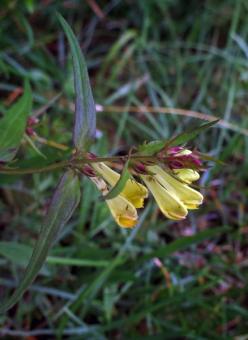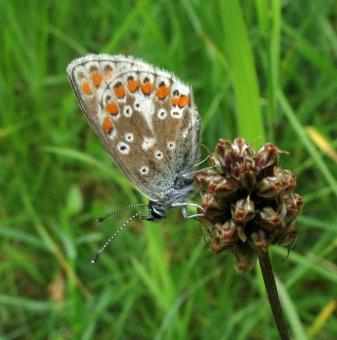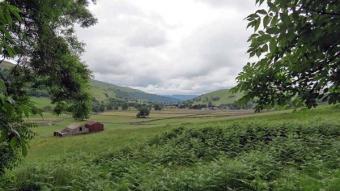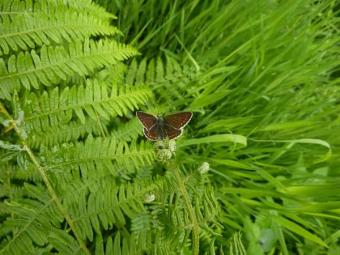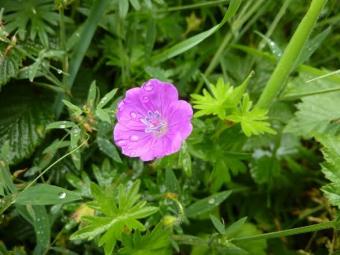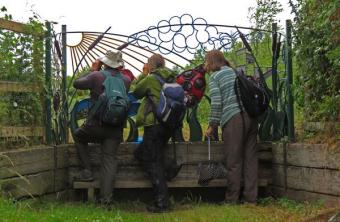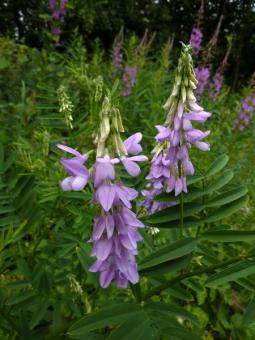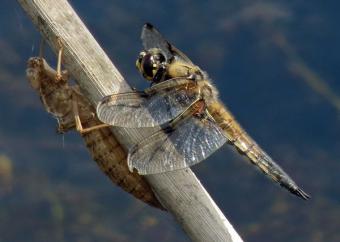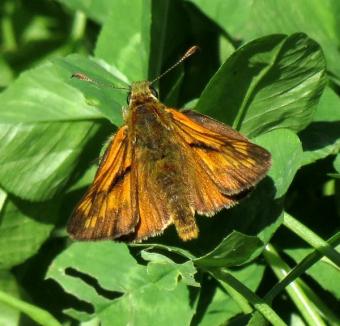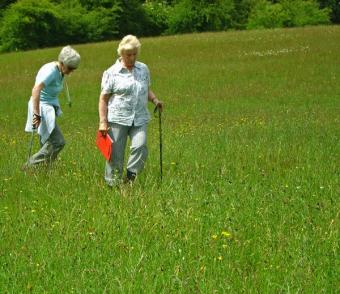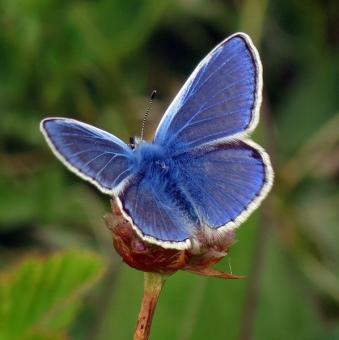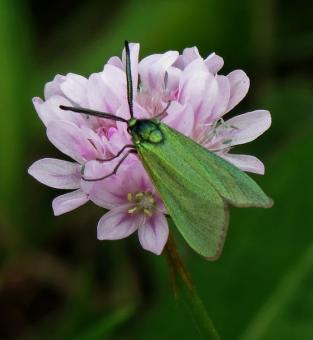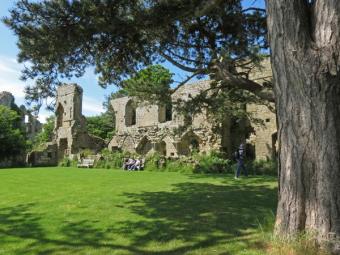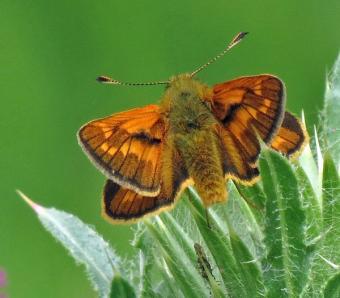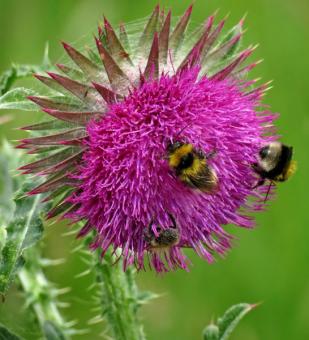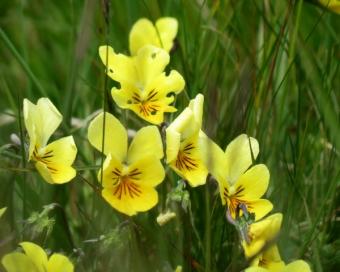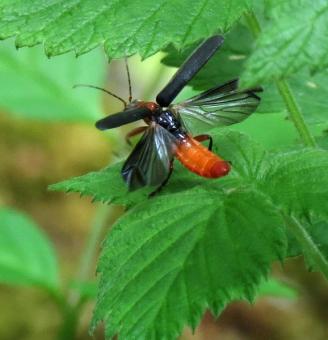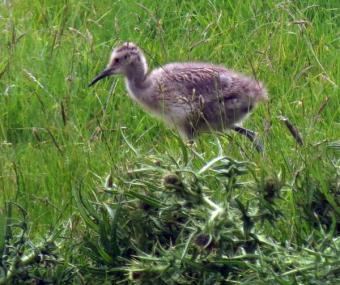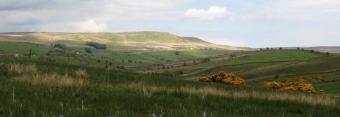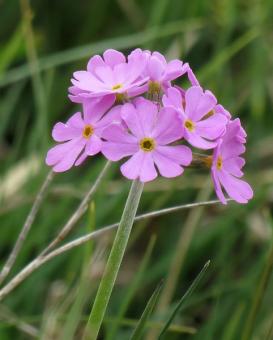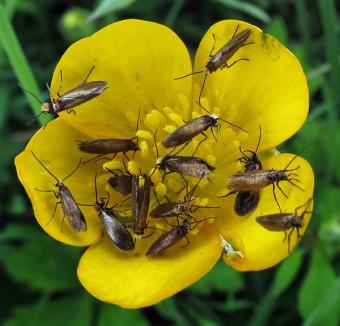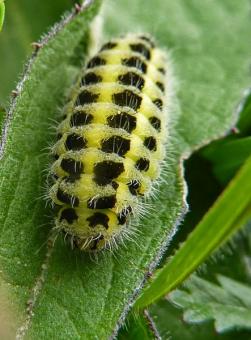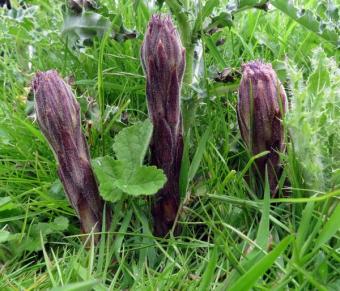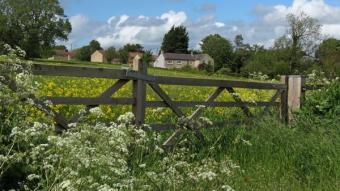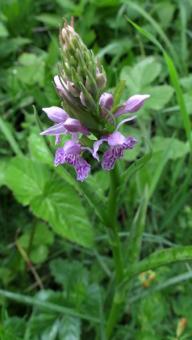WFV, Malham Tarn, 4th August 2015
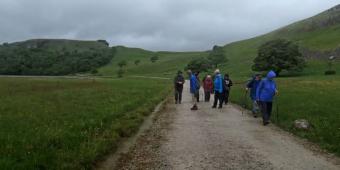 By Malham Tarn
By Malham TarnThe last two visits to this site were both cut short due to terrible weather. We surely couldn’t be unlucky a third time? Oh yes we could! The driving rain began the moment we stepped out of the minibus. It had been fine when we set off and when we made our toilet stop in Malham: but there is something about the tarn & BEES.
All seats on the bus were full and four had travelled using their own transport. Before they had gone a few hundred yards; Robert, Linda, grandchild Eden and Marilyn were so wet and cold they turned back to the shelter of the bus. The remainder hurried towards and past the tarn hoping to seek some shelter within the trees. Botanising would have to wait till the way back. Half the group reached the bird-hide where we stayed to eat our lunches to the sound of the rain beating on the metal roof. Only a few Mallards could be positively identified in the gloom. There may have been other birds out there but who knew or cared?
The other half meanwhile had fared much better. They had called into the Field Study Centre where some kindly soul had offered them hot drinks and Coconut cakes. Luxury!
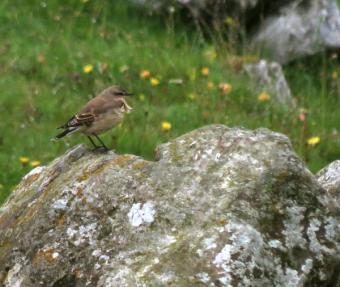 WheatearThe decision was taken by the leader Alice that we would not go onto the boardwalk, which had been our main objective as it was still raining. Many of the party myself included were very wet.
WheatearThe decision was taken by the leader Alice that we would not go onto the boardwalk, which had been our main objective as it was still raining. Many of the party myself included were very wet.
On the return leg we met up with the lucky cake-eaters (Joan, Janet, Phillip, Veronica, Lorna and Margaret) who were all rather too smug for my liking. 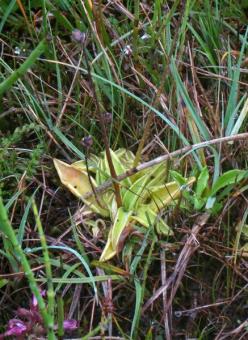 Butterwort The rain mainly eased so we were able to record plants alongside the path; a total of 80 in flower excl. Grasses and sedges. These included Common Spotted, Northern Marsh and Early Marsh Orchids and possibly some hybrids. Also Grass of Parnassus, Birds Eye, Lousewort and Bog Asphodel were seen. The rain quickly returned however.
Butterwort The rain mainly eased so we were able to record plants alongside the path; a total of 80 in flower excl. Grasses and sedges. These included Common Spotted, Northern Marsh and Early Marsh Orchids and possibly some hybrids. Also Grass of Parnassus, Birds Eye, Lousewort and Bog Asphodel were seen. The rain quickly returned however.
The only bird of note was Yellow Wagtail seen by Sally and Stuart who had detoured towards the Trenhouse Farm area which is a renowned site for this now scarce migrant.
The plan had been to call into the farm cafe at Airton but a number of the group simply wanted to be home as soon as possible so that was that. Perhaps next year it will be 4th time lucky? Watch this space.
John Gavaghan

